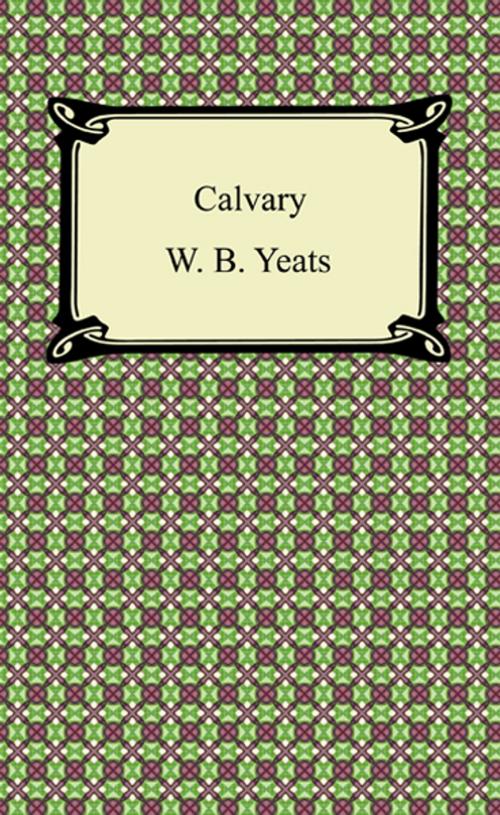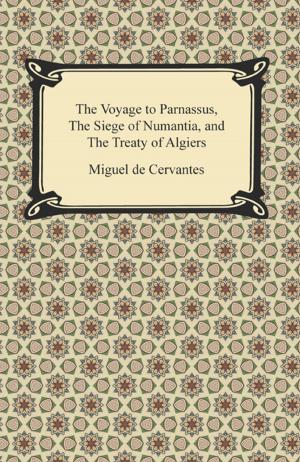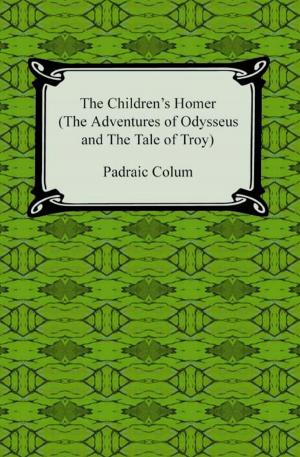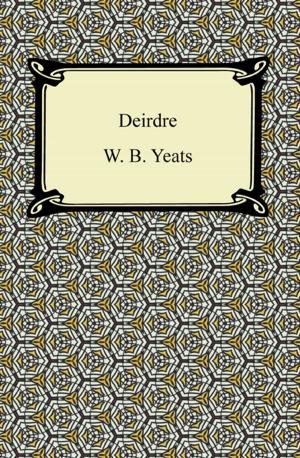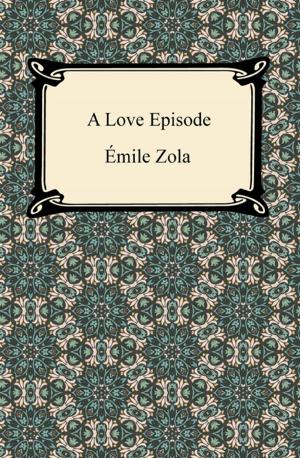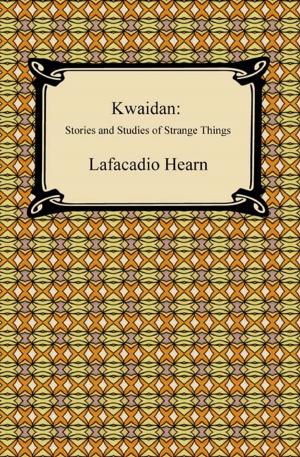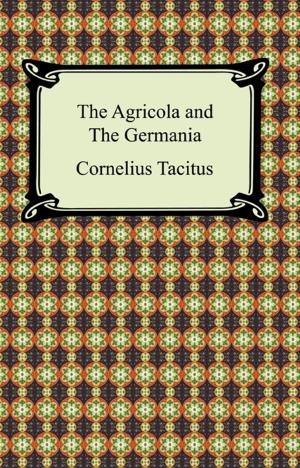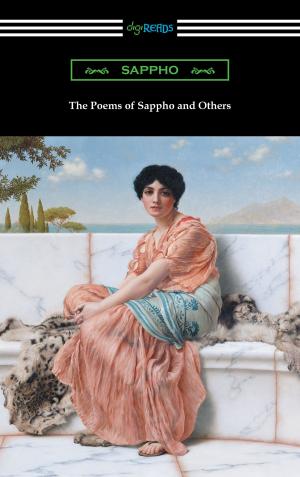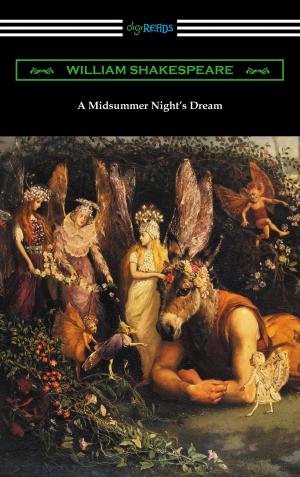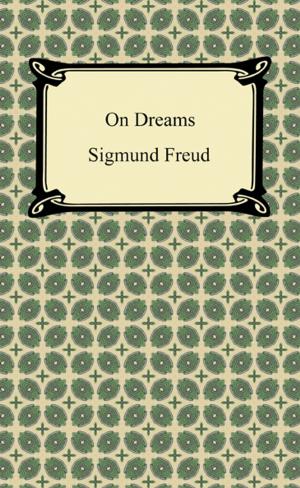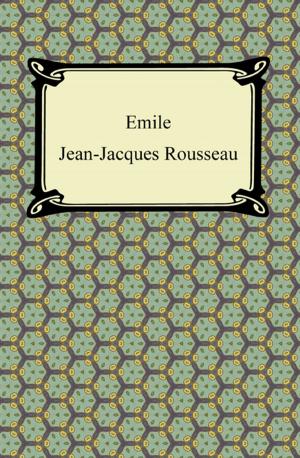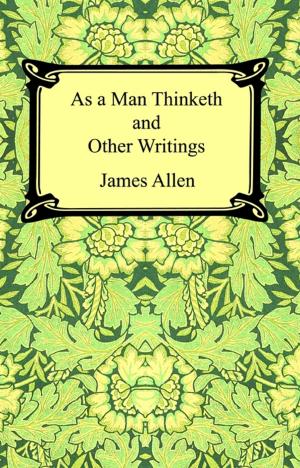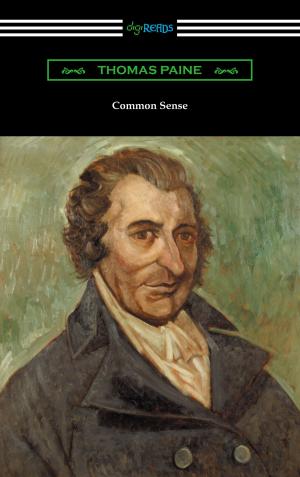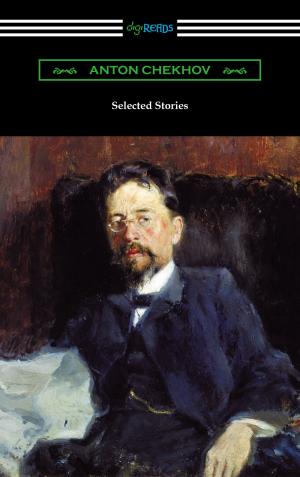| Author: | W. B. Yeats | ISBN: | 9781420942217 |
| Publisher: | Neeland Media LLC | Publication: | December 15, 2009 |
| Imprint: | Digireads.com Publishing | Language: | English |
| Author: | W. B. Yeats |
| ISBN: | 9781420942217 |
| Publisher: | Neeland Media LLC |
| Publication: | December 15, 2009 |
| Imprint: | Digireads.com Publishing |
| Language: | English |
Born and educated in Dublin, Ireland, William Butler Yeats discovered early in his literary career a fascination with Irish folklore and the occult. Awarded the Nobel Prize for Literature in 1923, Yeats produced a vast collection of stories, songs, and poetry of Ireland's historical and legendary past. These writings helped secure for Yeats recognition as a leading proponent of Irish nationalism and Irish cultural independence. His close friend, Ezra Pound, exposed the playwright to the symbolic theatre genre of Japanese Noh drama, prompting him to write a series of four plays in this style. The final play in this series, which were first printed together in "Four Plays for Dancers", was "Calvary". With Ireland in the midst of a hunger-strike, the story of the self-sacrificing Christ was particularly relevant. In the story, Christ dreams of his passion, only to find that he is still rejected and is essentially alone, as so many heroic figures must find themselves.
Born and educated in Dublin, Ireland, William Butler Yeats discovered early in his literary career a fascination with Irish folklore and the occult. Awarded the Nobel Prize for Literature in 1923, Yeats produced a vast collection of stories, songs, and poetry of Ireland's historical and legendary past. These writings helped secure for Yeats recognition as a leading proponent of Irish nationalism and Irish cultural independence. His close friend, Ezra Pound, exposed the playwright to the symbolic theatre genre of Japanese Noh drama, prompting him to write a series of four plays in this style. The final play in this series, which were first printed together in "Four Plays for Dancers", was "Calvary". With Ireland in the midst of a hunger-strike, the story of the self-sacrificing Christ was particularly relevant. In the story, Christ dreams of his passion, only to find that he is still rejected and is essentially alone, as so many heroic figures must find themselves.
